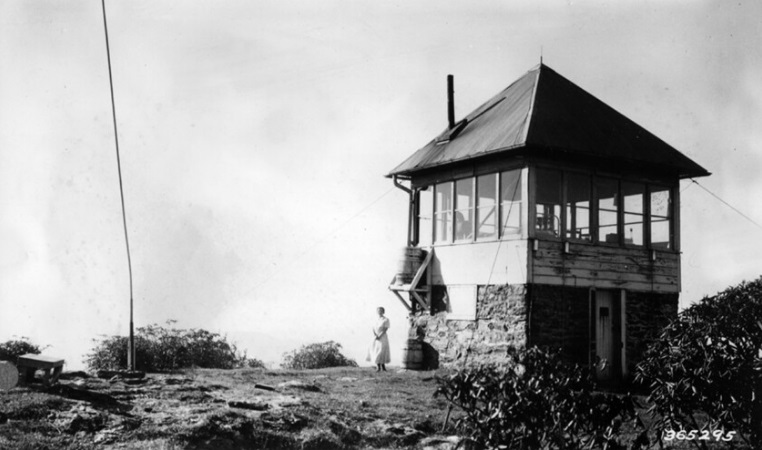
Standing Indian Mountain L.O. Site
Standing Indian Mountain is the highest peak in the Nantahala Mountains of North Carolina and Georgia. Located in the Nantahala Wilderness, it has a nickname Grandstand of the Nantahalas. For Appalachian Trail thru hikers, it is the highest elevation along the trail south of the Great Smoky Mountains.
Lookout History
The first lookout structure was a log cabin with a ladder to its roof.
In 1929, a lookout house was built on the summit.
In 1933, a USGS party placed a benchmark on the summit about 10 feet north of the lookout tower and about opposite middle of tower wall. Reference benchmark NO 1 was 60 feet NW of the lookout tower. Reference benchmark NO. 2 was in front of entrance to and 5 feet east of fire tower.
In 1936, funds were being made available to construct a new trail to the top from Deep Gap and then build a new stone observation tower. Unclear what happened.
In 1951 the lookout was abandoned. The lookout tower on nearby Albert Mountain served as a replacement.
In the 1960s it was removed.
Today, there is some evidence around the site like anchors imbedded in large rocks for the guy wires. The lookout was said to have been pitched over the drop off ten feet from the summit.
Note: For some reason, many photos online mislabel Cowee Bald metal lookout tower as this site.
According to Cherokee mythology, Standing Indian Mountain is the remains of a warrior who turned to stone because he failed to remain at his post. In the Cherokee language, it is called Yunwitsule-nunyi, which means…where the man stood.
WillhiteWeb.com
Status: Former Site
Elevation: 5,499 feet
Prominence: 2,819 feet
State: North Carolina
County: Macon and Clay (highpoint of both counties)
AT Access: 0.2 mile detour with 40 feet of gain
If you have more information about this site or images, please contact me.
Standing Indian Mountain Fire Lookout
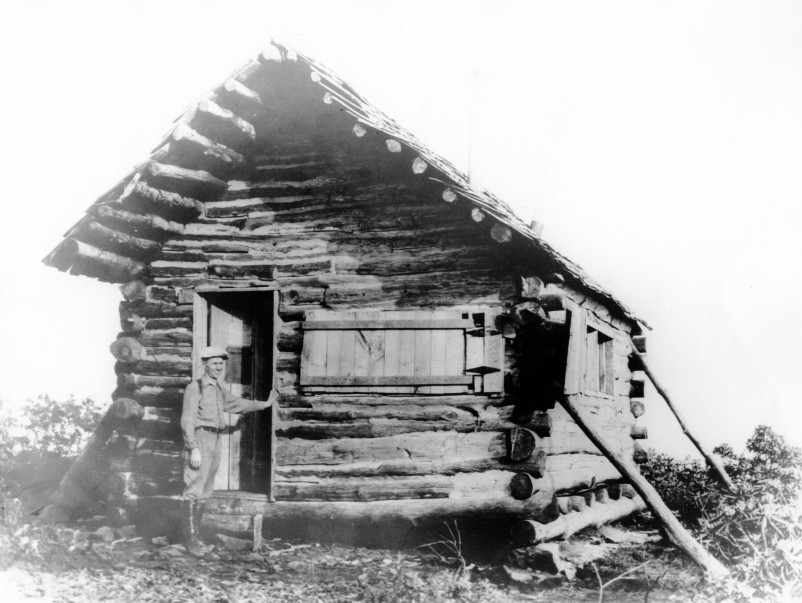
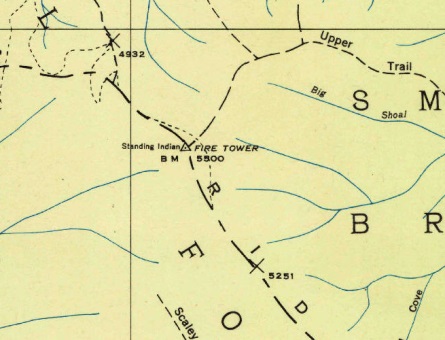
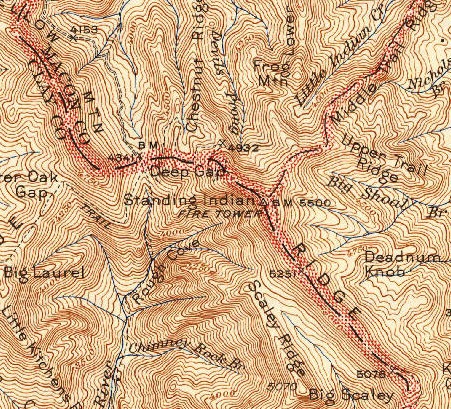
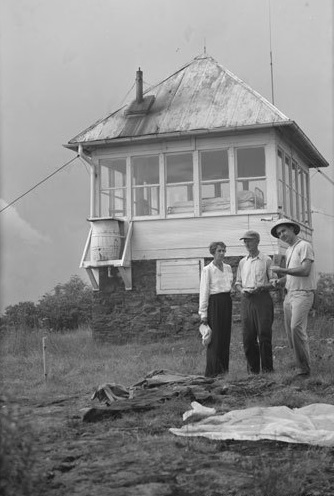
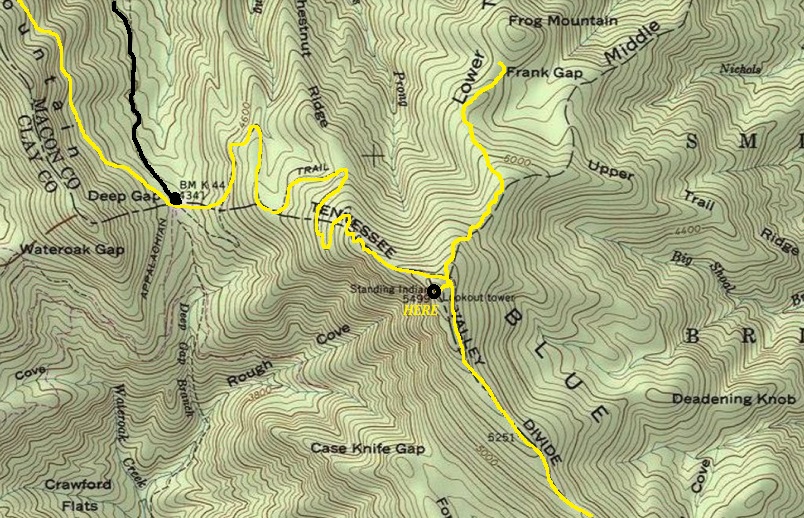
Original Standing Indian Mountain Lookout
Standing Indian in 1951
1935 map
1942 map
AT route as it passes Standing Indian Mountain
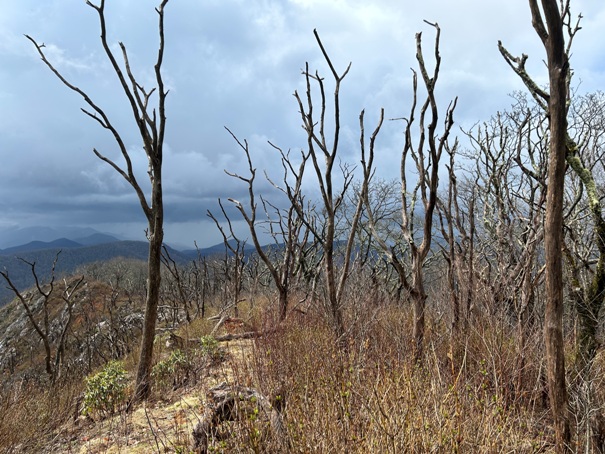
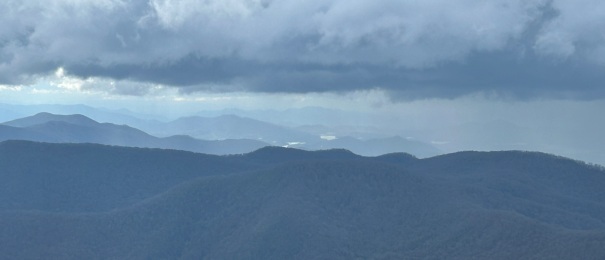
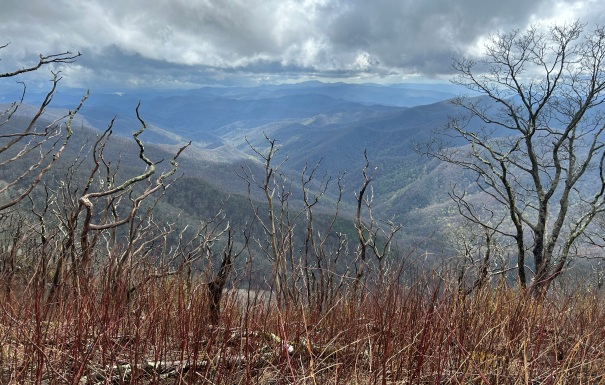
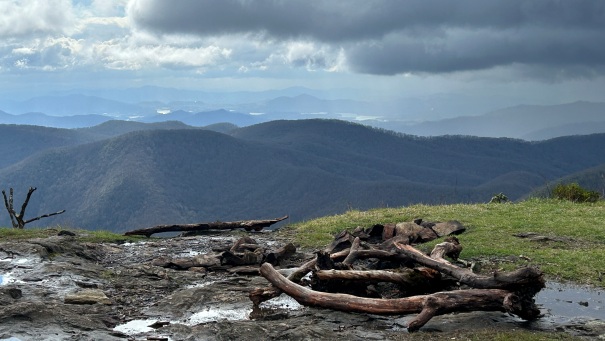
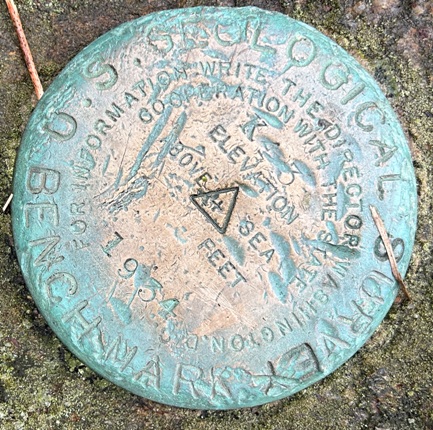
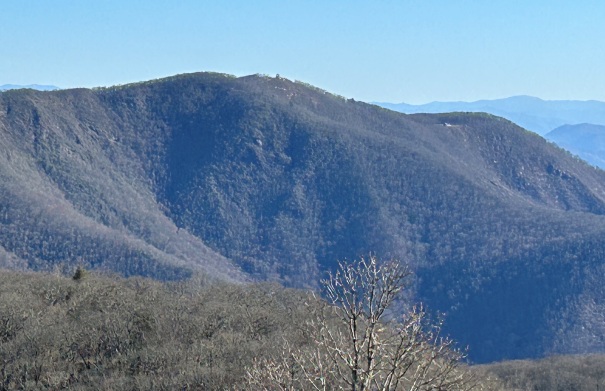
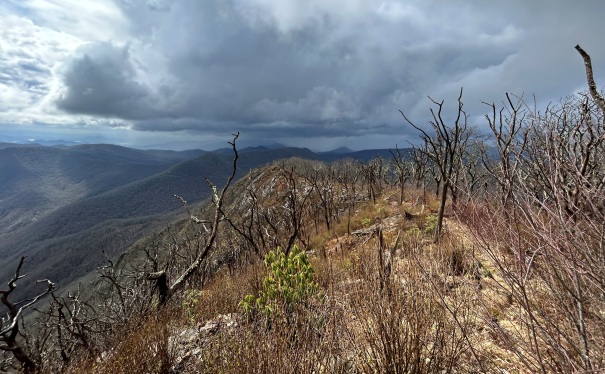
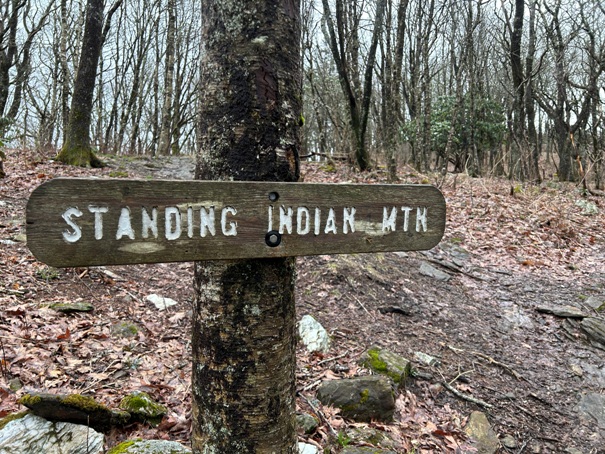
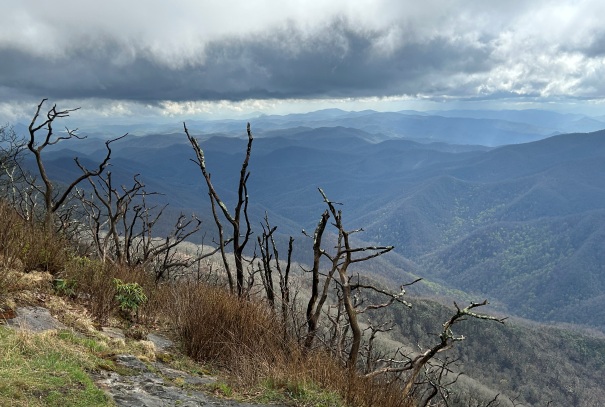
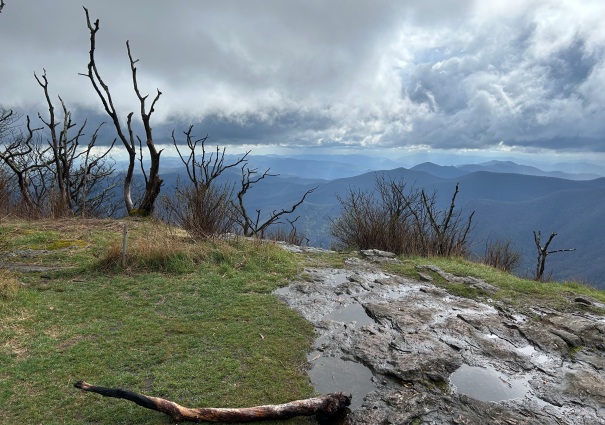
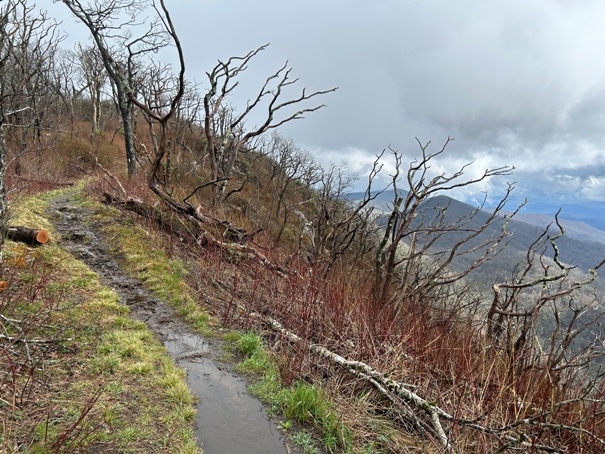
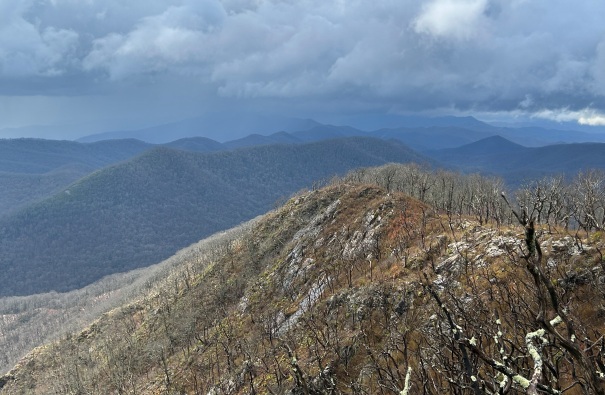
Standing Indian Mountain from Siler Bald
Sign at the AT junction
Summit benchmark

















